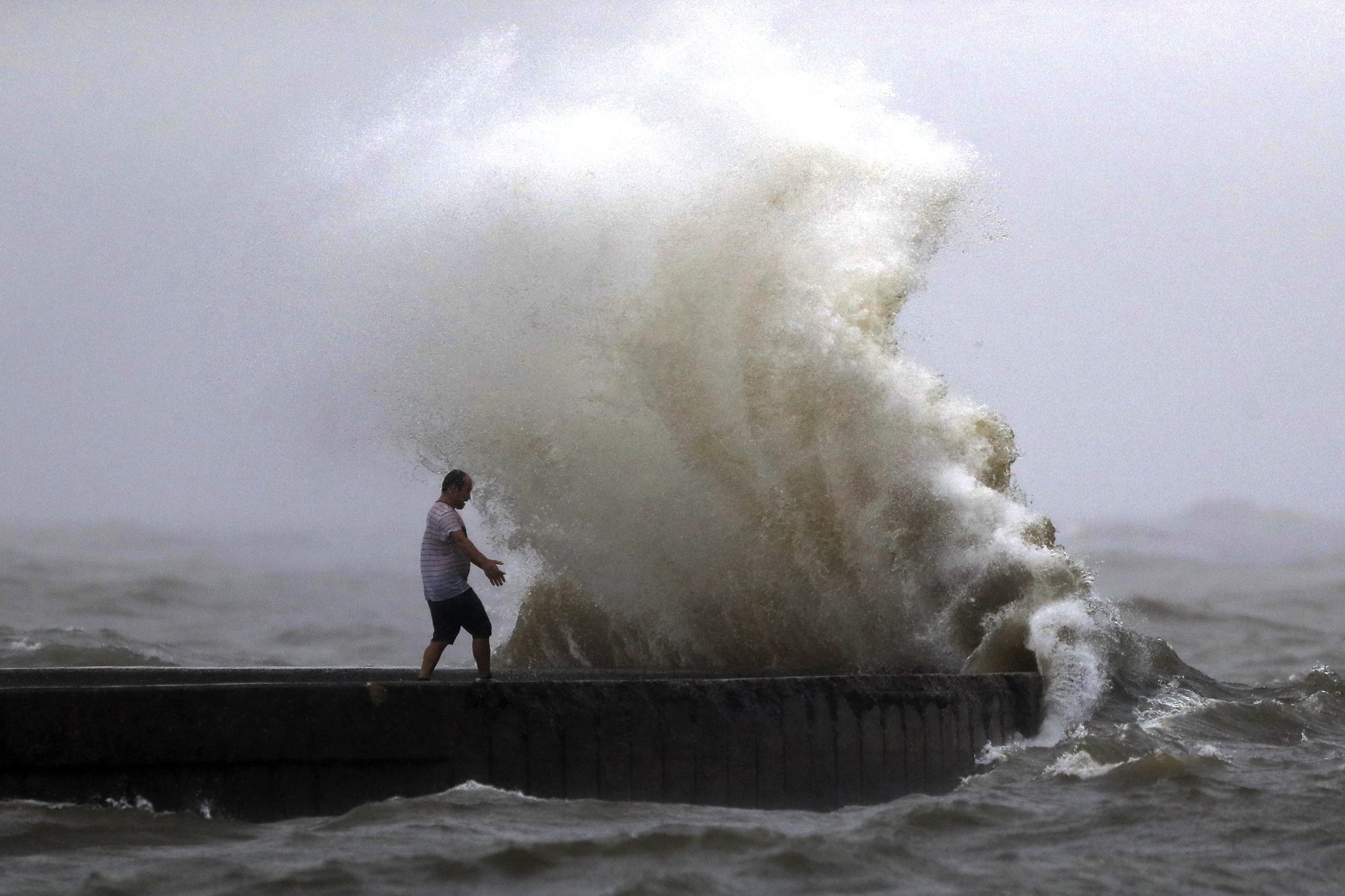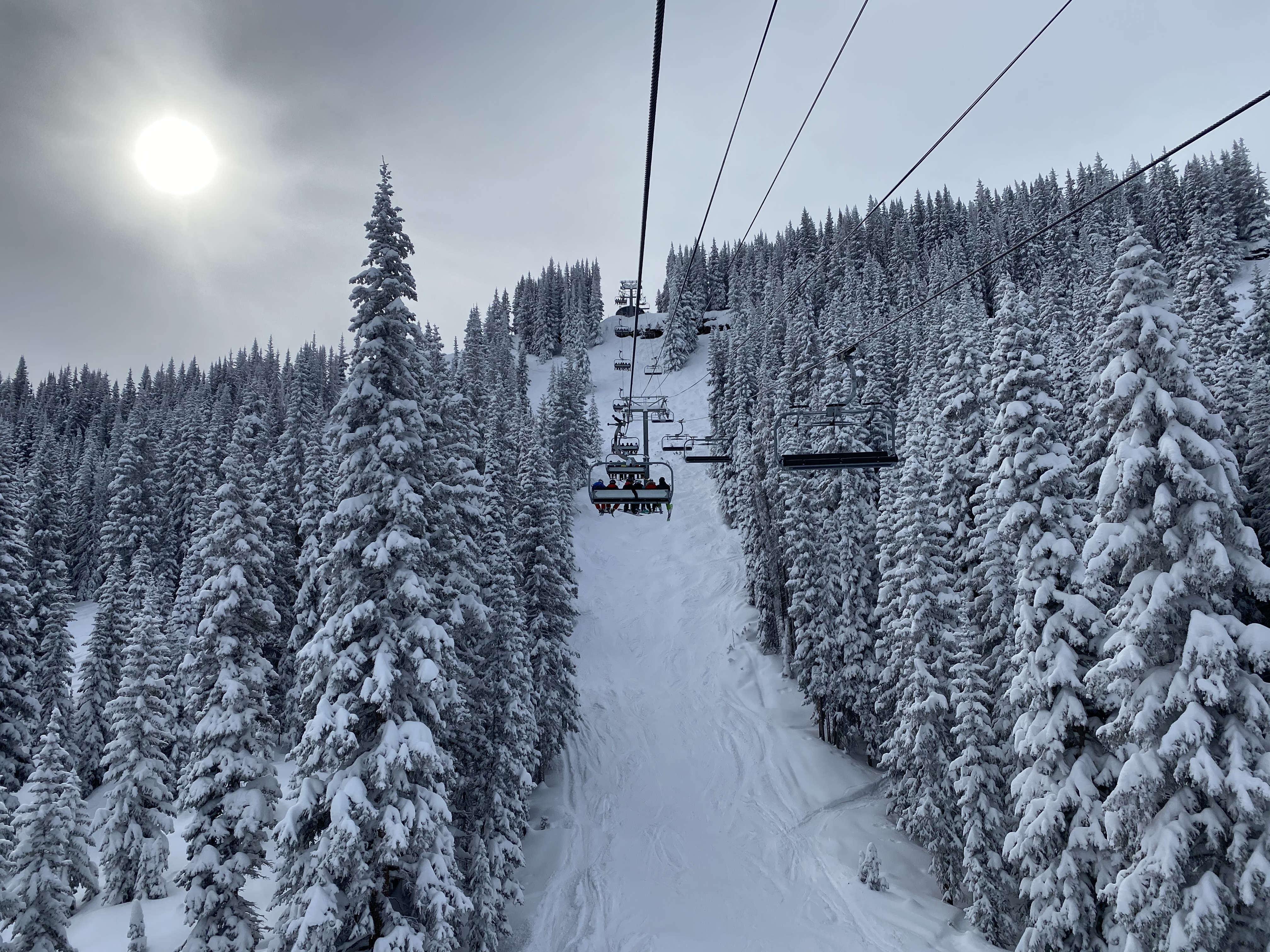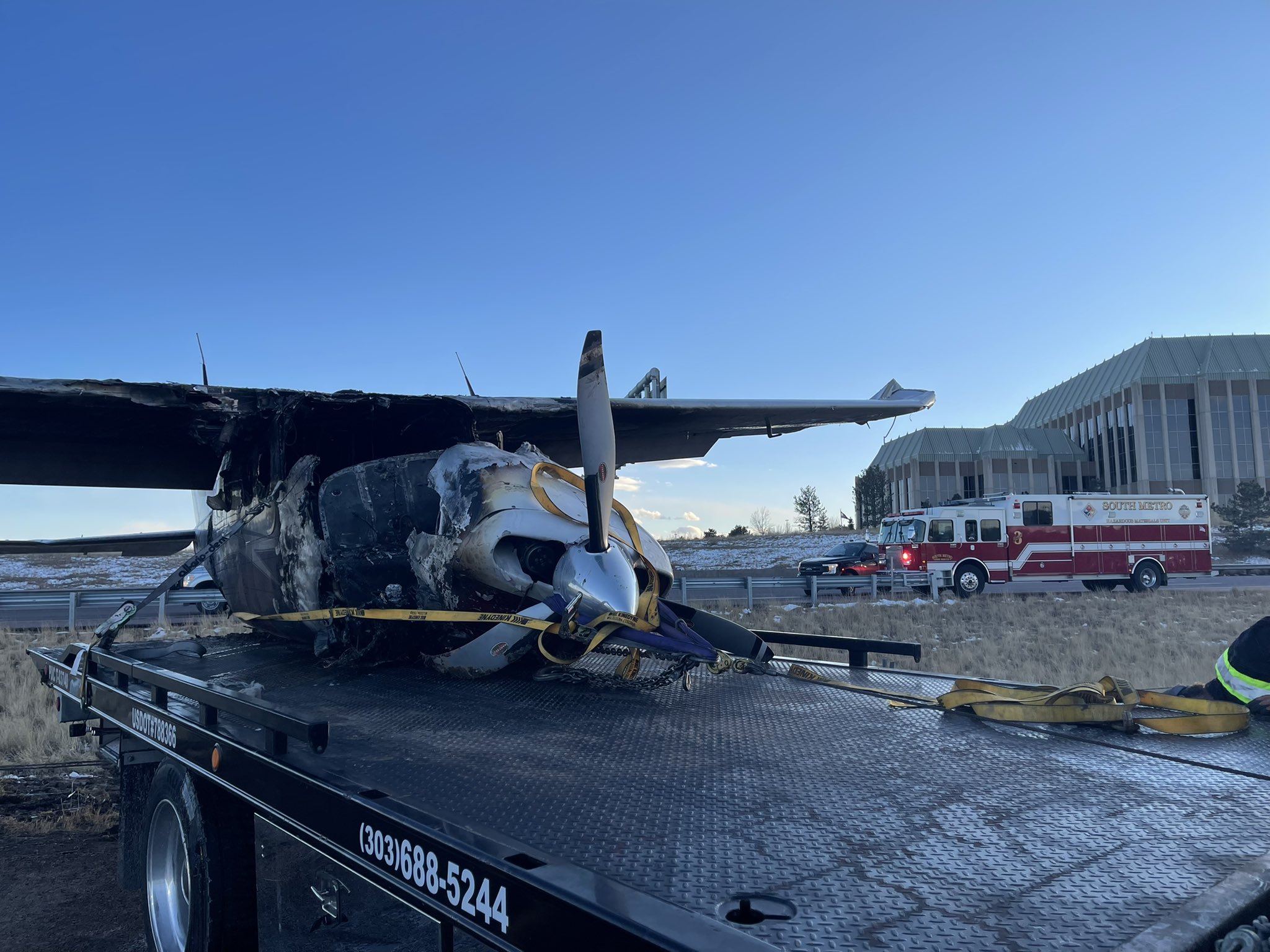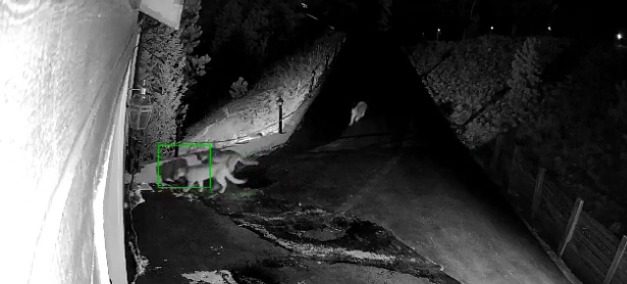RICHMOND, Va. (WFXR) — Virginia is home to many rivers, but perhaps none with as much historical significance as the James River. The stream begins at the confluence of the Jackson and Cowpasture Rivers near the town of Iron Gate, and then flows 350 miles to the Chesapeake Bay.
The James is where European colonists first established their settlements, and it was home to native American peoples for millennia before that. The bounty of the James sustained everyone who called its banks their home.
In the spring, a number of species make runs from saltwater up the James. Two of those species, hickory shad and striped bass can be found in abundance. While striped bass have to be released in the spring, hickory shad can be harvested, or just targeted for catch-and-release.
“You can use a light tackle outfit, which makes it a lot of fun,” said Virginia Department of Wildlife Resources (VDWR) Aquatics Education Coordinator Alex McCrickard. “They’re fun little seasonal fish; great seasonal visitors for our tidal rivers at this time of the year.”
Shad, both hickory and American, are known as the fish that fed America. Colonists and native Americans depended on the spring shad runs to provide much needed protein.
Hickory shad are a great comeback success story. Their numbers were once in decline due to overharvest, pollution, and destruction of spawning habitat, but they have rebounded. However, American shad numbers have not, and especially in the James River.
The decline on the James is somewhat of a mystery. Obstructions to spawning grounds have been removed, habitat and water quality are also on the upswing, and numbers were even supplemented with stocking, but none of it has so far worked.
“The James River has probably seen the most decline recently,” said VDWR fisheries biologist Alan Weaver. “They’re not gone, it’s just that everyone is still scratching their heads trying to figure out what to do next for American shad as far as the James River goes.”
Weaver says wildlife managers will continue to investigate, and he is hopeful that a solution can be found.
While the search for that solution continues, other historical species like the hickory shad and the striped bass continue to thrive.

































































